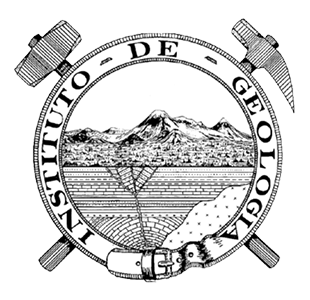Resumen
En el área de Ciudad Victoria, Tamaulipas, el núcleo del Anticlinorio Huizachal-Peregrina está formado por gneis, cuarcita, esquisto, serpentinita, y por unos 1,500 m de rocas sedimentarias marinas fosilíferas no metamorfoseadas del Silúrico Medio-Pérmico. Existen dos discordancias dentro de la secuencia sedimentaria paleozoica, que indican deformaciones durante el Misisípico Tardío y Pensilvánico Tardío.
La acumulación de capas rojas (2,000 m) durante el Triásico Tardío-Jurásico Temprano (?) se efectuó bajo condiciones tafrogénicas, las que fueron seguidas por leve arqueamiento y erosión. La secuencia sedimentaria correspondiente al Jurásico Superior-Cretácico Superior, cuyo espesor es de unos 2400 m y consiste en gran parte de rocas carbonatadas y de sedimentos de tipo flysch sufrió deformación principal durante el Eoceno Temprano, que produjo el anticlinorio... Para continuar, descargue el artículo completo en PDF.

Esta obra está bajo una Licencia Creative Commons Atribución/Reconocimiento 4.0 Internacional.







